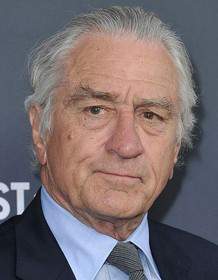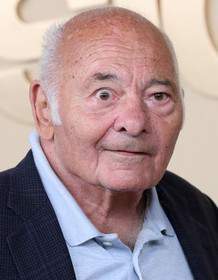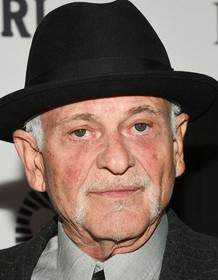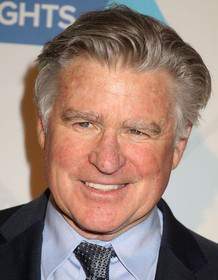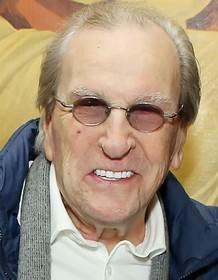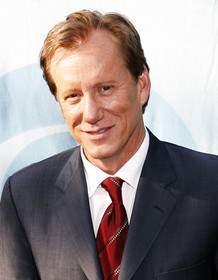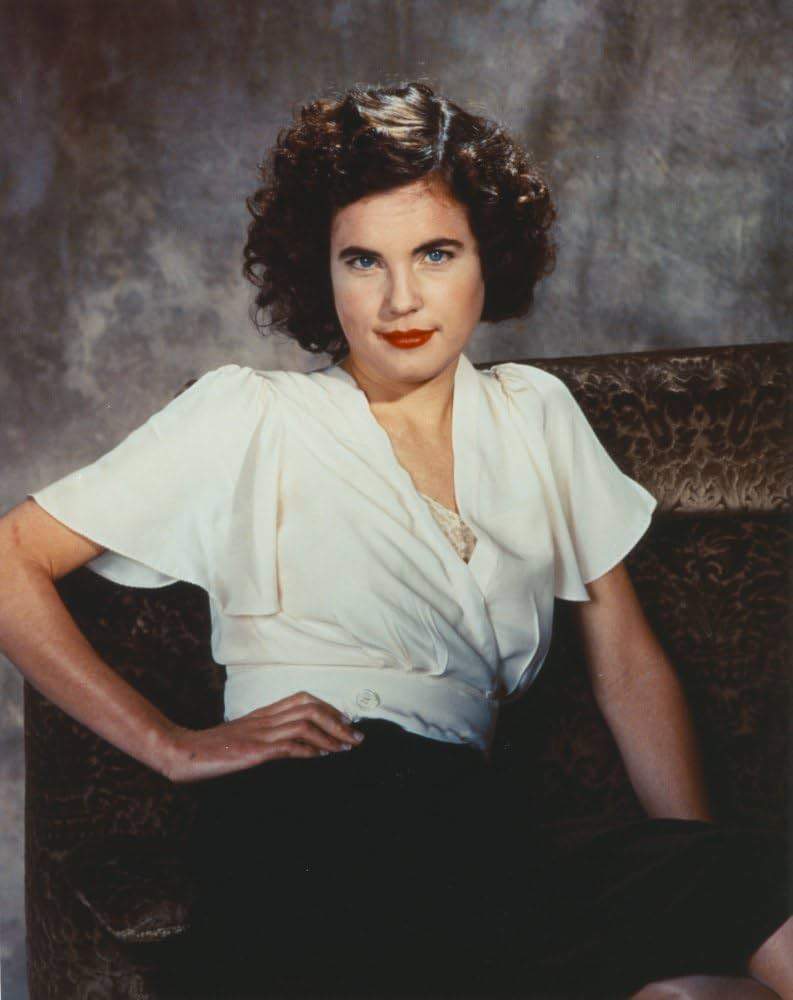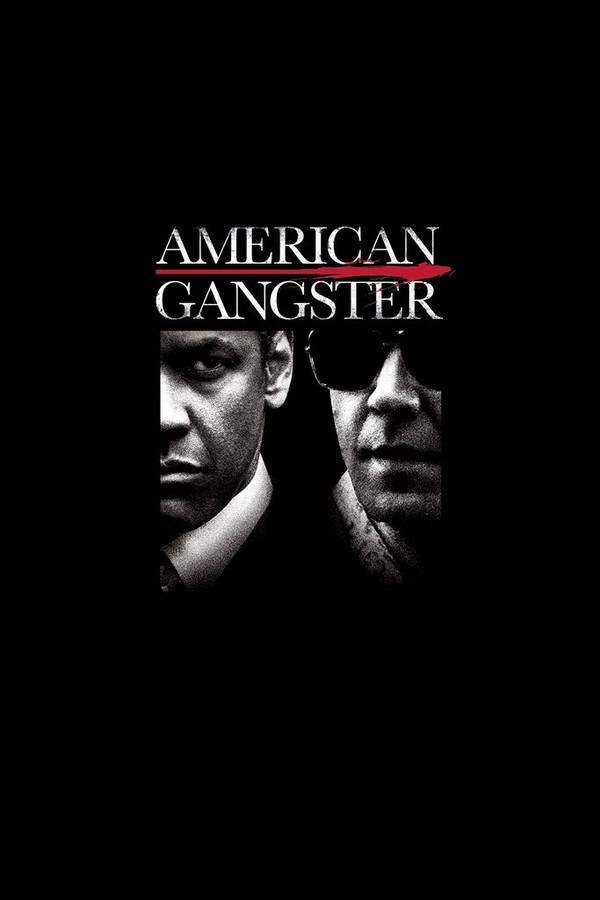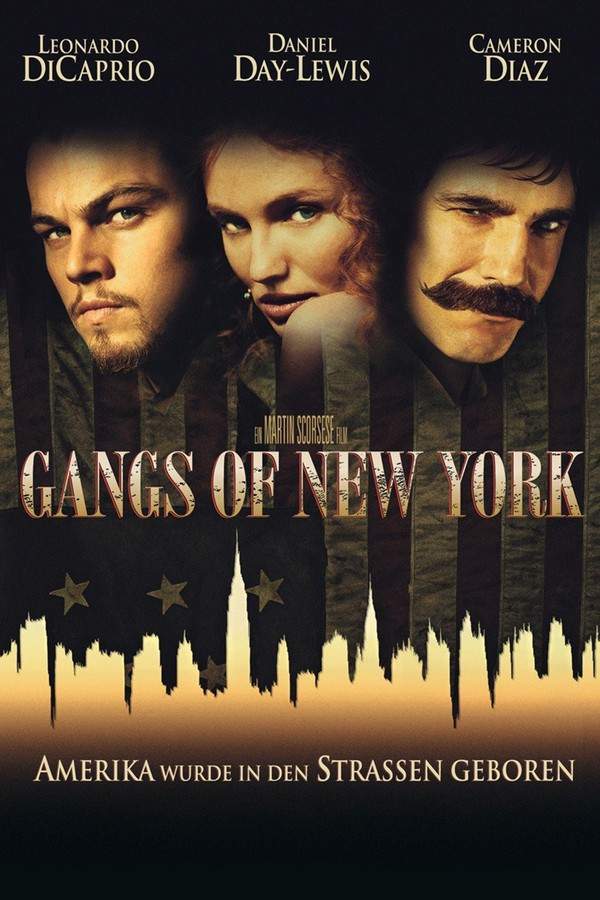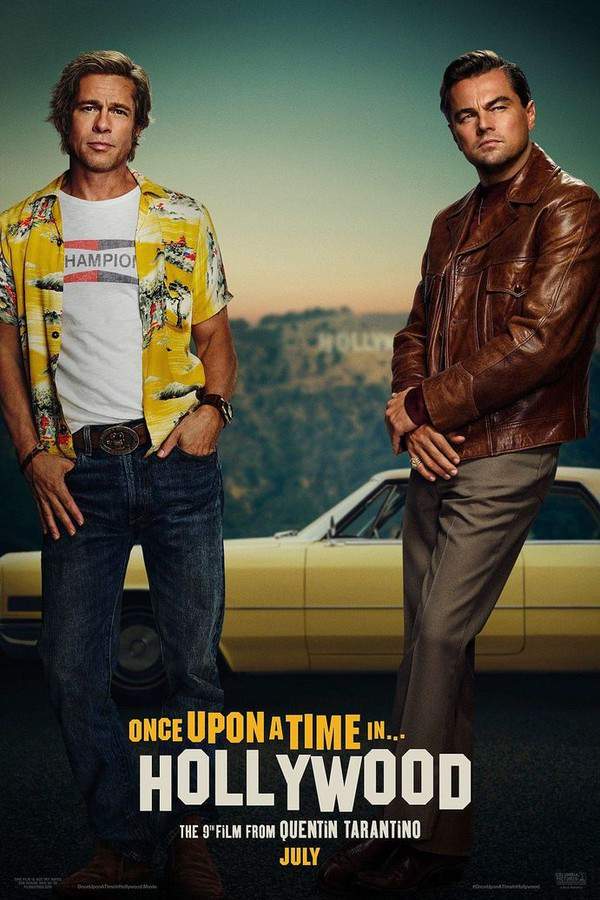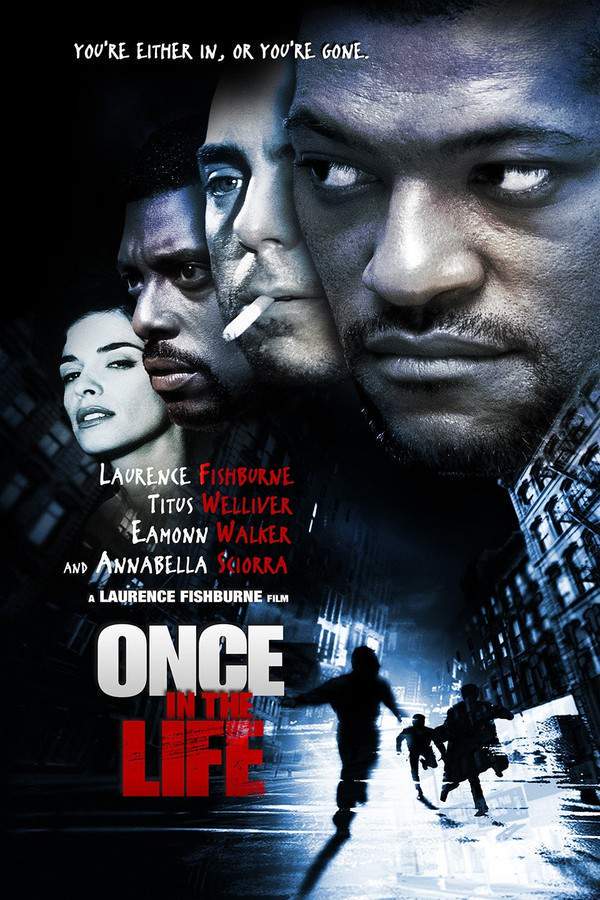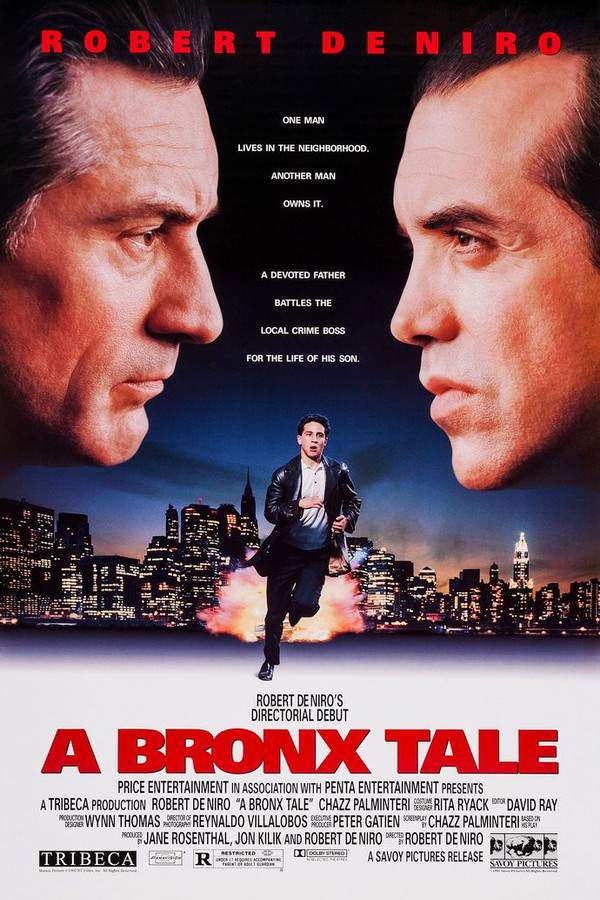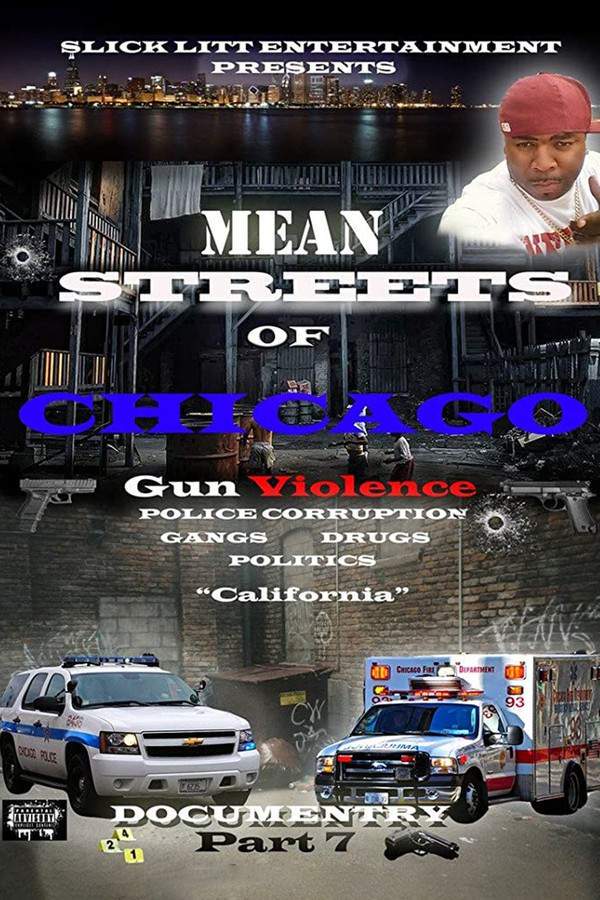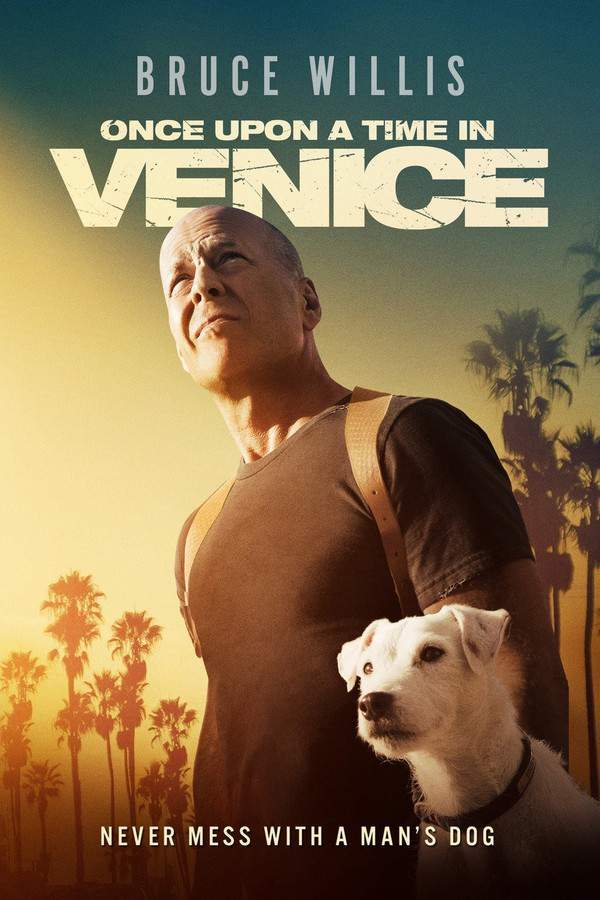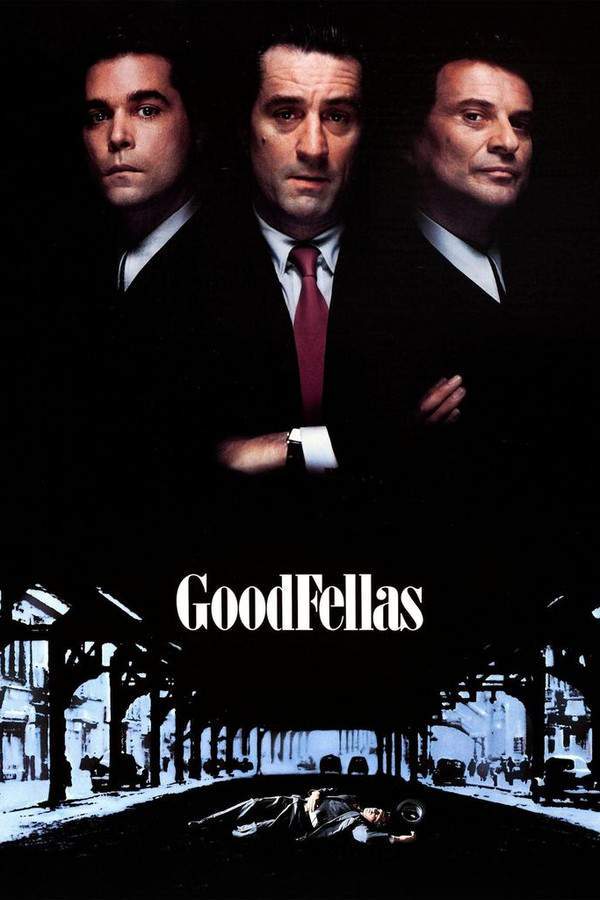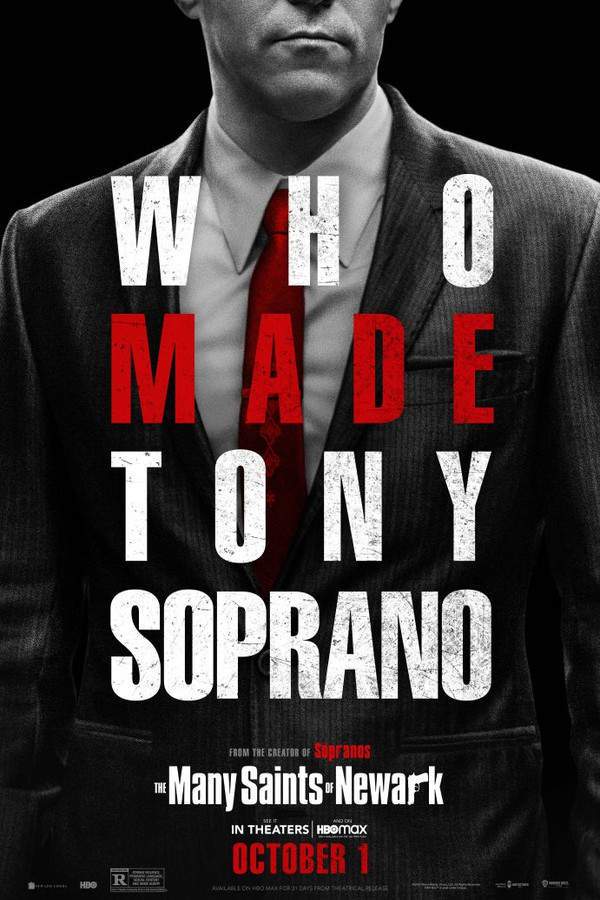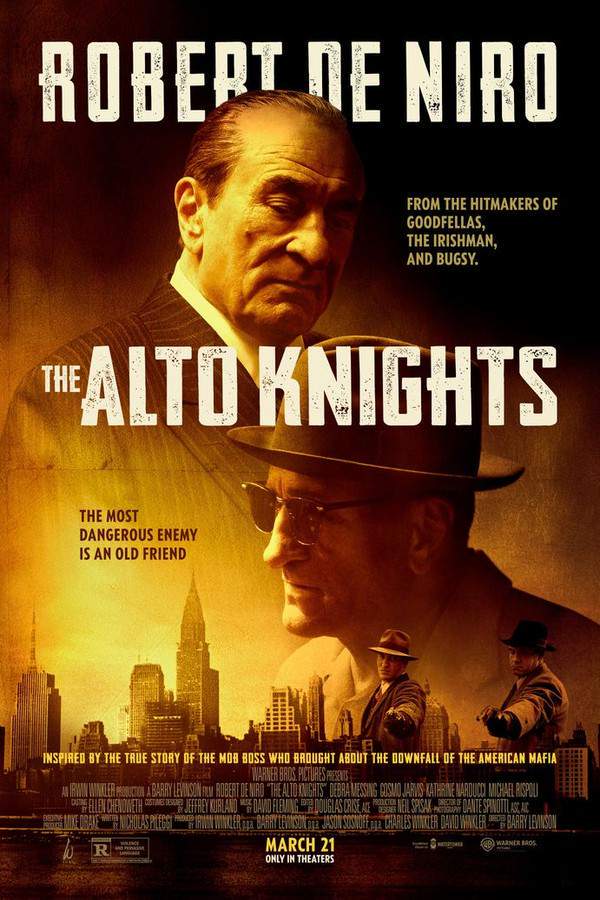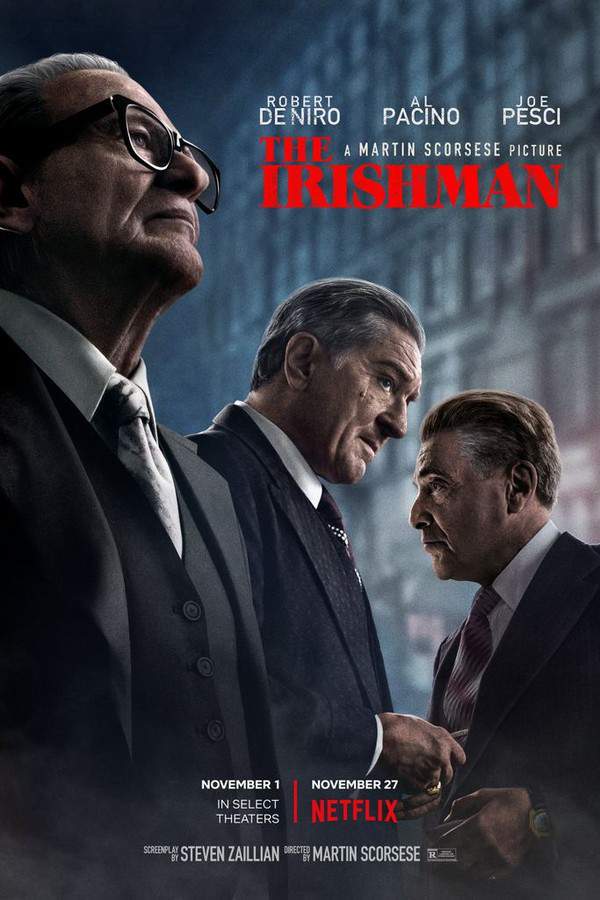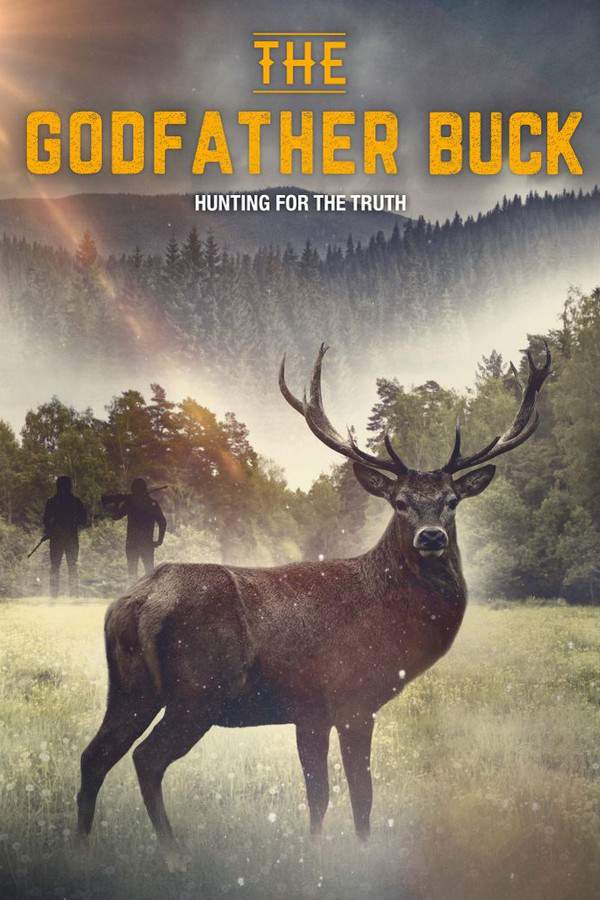Once Upon a Time in America 1984
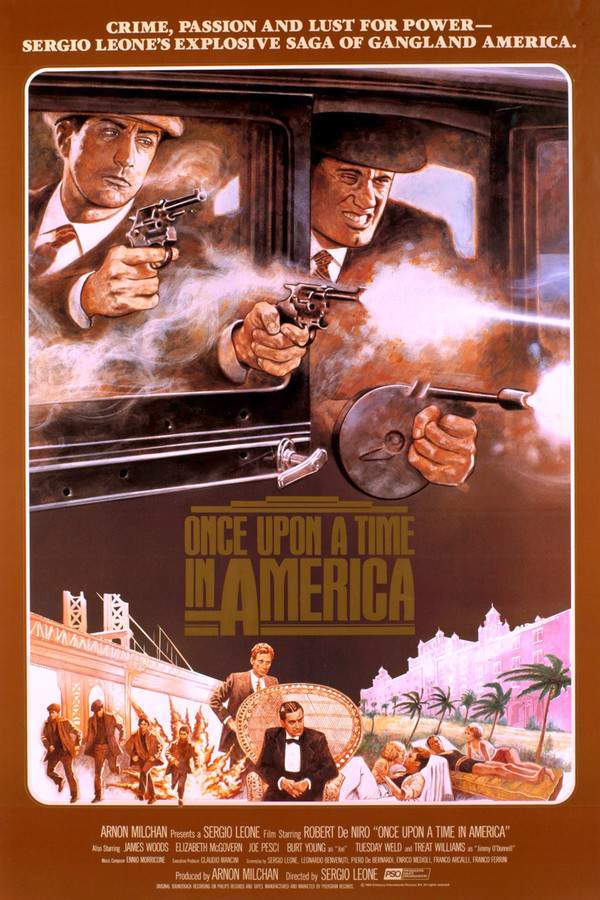
In 1968, David "Noodles" Aaronson returns to New York City, reflecting on his complex past. Flashbacks reveal his early years in the Lower East Side, where he and his friends became involved in organized crime. The film explores themes of violence, loyalty, and the consequences of their actions as they navigate a dangerous world and face difficult choices that will shape their lives forever.
Does Once Upon a Time in America have end credit scenes?
No!
Once Upon a Time in America does not have end credit scenes. You can leave when the credits roll.
Meet the Full Cast and Actors of Once Upon a Time in America
Explore the complete cast of Once Upon a Time in America, including both lead and supporting actors. Learn who plays each character, discover their past roles and achievements, and find out what makes this ensemble cast stand out in the world of film and television.
External Links and Streaming Options
Discover where to watch Once Upon a Time in America online, including streaming platforms, rental options, and official sources. Compare reviews, ratings, and in-depth movie information across sites like IMDb, TMDb, Wikipedia or Rotten Tomatoes.
Ratings and Reviews for Once Upon a Time in America
See how Once Upon a Time in America is rated across major platforms like IMDb, Metacritic, and TMDb. Compare audience scores and critic reviews to understand where Once Upon a Time in America stands among top-rated movies in its genre.

75
Metascore
8.3
User Score


86%
TOMATOMETER

93%
User Score

8.3 /10
IMDb Rating

84
%
User Score
Take the Ultimate Once Upon a Time in America Movie Quiz
Challenge your knowledge of Once Upon a Time in America with this fun and interactive movie quiz. Test yourself on key plot points, iconic characters, hidden details, and memorable moments to see how well you really know the film.
Once Upon a Time in America Quiz: Test your knowledge on Sergio Leone's epic film 'Once Upon a Time in America' with this diverse set of questions.
In what year does Noodles Aaronson return to New York in the film?
Awards & Nominations for Once Upon a Time in America
Discover all the awards and nominations received by Once Upon a Time in America, from Oscars to film festival honors. Learn how Once Upon a Time in America and its cast and crew have been recognized by critics and the industry alike.

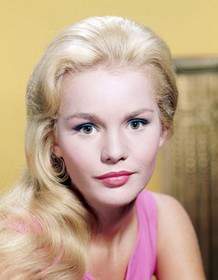
Best Cinematography
Best Costume Design
Best Original Music

Full Plot Summary and Ending Explained for Once Upon a Time in America
Read the complete plot summary of Once Upon a Time in America, including all major events, twists, and the full ending explained in detail. Explore key characters, themes, hidden meanings, and everything you need to understand the story from beginning to end.
In this sprawling epic, Once Upon a Time in America, the narrative unfolds across three pivotal eras: 1920, 1932-3, and 1968. The story oscillates between these periods, intricately woven together to reveal a rich tapestry of life and loss.
Set against the backdrop of the Lower East Side of Manhattan, the film begins in 1968 when a middle-aged David “Noodles” Aaronson (Robert De Niro) makes a dramatic return to his old neighborhood. Called back under mysterious circumstances by a rabbi’s letter about a cemetery’s closure, Noodles, now living as Robert Williams, is haunted by memories of his past and the specter of vengeance. After settling into a room above a local bar owned by Fat Moe Gelly (Larry Rapp), Noodles investigates the letter’s origin, dreading a reunion fraught with the ghosts of his former friends—Patrick “Patsy” Goldberg (James Hayden), Philip “Cockeye” Stein (William Forsythe), and Max Bercovic (James Woods).
The film dives into flashbacks of 1920, painted vividly with the stark realities of poverty. Noodles, as a younger man played by Scott Tiler, dreams of rising above his desperate circumstances alongside his friends. They are entangled in petty crime under the thumb of local Irish gangster Bugsy ([James Russo]), yet harbor aspirations for independence. An encounter with Max ([Rusty Jacobs]), who impresses them with his cunning, sets the stage for their budding friendship, spotlighting Max’s charisma and leadership.
As childhood ebbs away, the boys transition into their teenage years, getting embroiled in more serious crime and gaining notoriety. They cleverly manipulate Whitey ([Richard Foronjy]) to pay them tribute, despite his attempts to dominate them, and soon find themselves making a name in their community. Noodles harbors a crush on Deborah ([Jennifer Connelly]), the beautiful sister of Fat Moe, whose ballet practice captivates him, though largely ignored by her.
Strife arises when Bugsy brutally besets Noodles and Max following a robbery, leading to catastrophic consequences that culminate in Noodles’ imprisonment for twelve years. Upon his release in 1932, he is reunited with Max and discovers their new venture as bootleggers thriving in a speakeasy, a façade that serves a far darker purpose.
Their ambitions escalate, overlapping with labor movements led by the principled Jimmy “Clean Hands” O’Donnell (Treat Williams). The gang’s machinations turn dire as they plot to switch a police captain’s newborn son to ensure their safety amidst labor strikes, pushing the envelope of morality further.
Driven by romance and regret, Noodles rekindles his connection with Deborah. However, toxic choices culminate in tragedy as their violent aspirations lead to confrontation and death. For Noodles, guilt becomes omnipresent when betrayal and complex interactions lead his friends toward destruction at the hands of rival forces.
As Noodles grapples with the fallout from the violent lives they’ve led—where trust is fleeting and survival is paramount—the film examines themes of friendship, betrayal, and the haunting echoes of an unresolved past. By the end, Noodles confronts the implications of his actions in 1968, learning that those he loved are memorialized in a lavish mausoleum. A chance encounter places him face-to-face with Max (William Forsythe) once more, blending past and present in a disquieting dance of fate and remorse, culminating in the stark realization that the future is an echo of choices made long ago.
The film’s final moments suggest a return to an opium den, blurring reality and fantasy, leaving lingering questions about the nature of the dreams and the burdens of one’s past, a speculation that continues to haunt the viewer as the credits roll.
Watch Trailers, Clips & Behind-the-Scenes for Once Upon a Time in America
Watch official trailers, exclusive clips, cast interviews, and behind-the-scenes footage from Once Upon a Time in America. Dive deeper into the making of the film, its standout moments, and key production insights.
Cars Featured in Once Upon a Time in America
Explore all cars featured in Once Upon a Time in America, including their makes, models, scenes they appear in, and their significance to the plot. A must-read for car enthusiasts and movie buffs alike.
Movie Themes and Keywords
Discover the central themes, ideas, and keywords that define the movie’s story, tone, and message. Analyze the film’s deeper meanings, genre influences, and recurring concepts.
Similar Movies You Should Know About
Browse a curated list of movies similar in genre, tone, characters, or story structure. Discover new titles like the one you're watching, perfect for fans of related plots, vibes, or cinematic styles.
Quick Links: Summary, Cast, Ratings, More

What's After the Movie?
Not sure whether to stay after the credits? Find out!
Explore Our Movie Platform
New Movie Releases (2025)
Famous Movie Actors
Top Film Production Studios
Movie Plot Summaries & Endings
Major Movie Awards & Winners
Best Concert Films & Music Documentaries
© 2025 What's After the Movie. All rights reserved.



